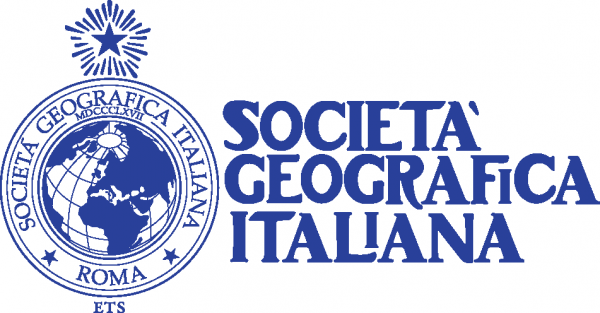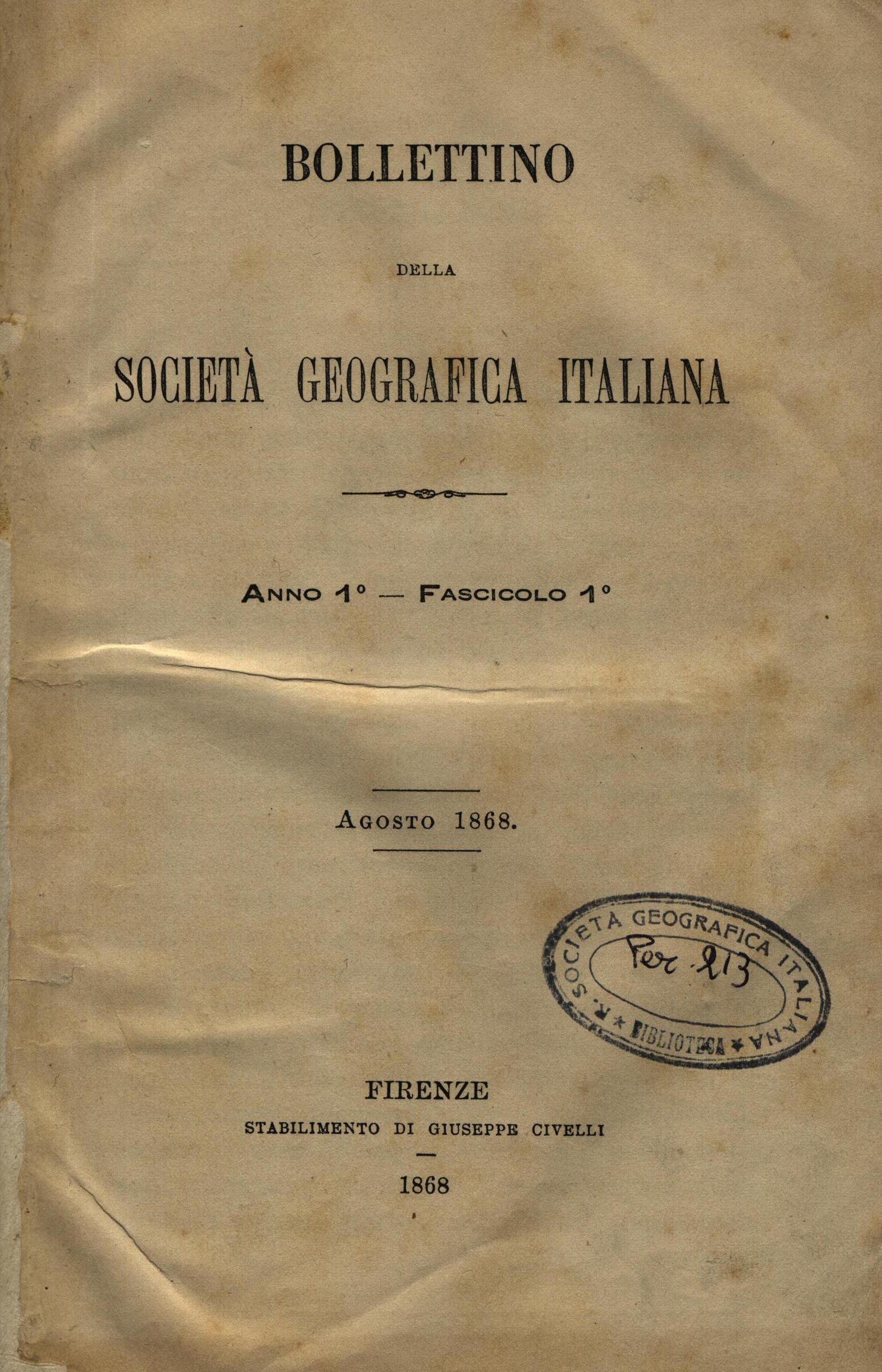THE EVOLUTION OF RURAL TOURISM IN TUSCANY
DOI:
https://doi.org/10.13128/bsgi.v7i3.369Abstract
Rural Tourism (RT) has moved into a more complex phase and today it is possible to point out different stages of development within European regions. In order to encompass the evolutionary processes of tourism development within rural areas, an evolutionary approach is proposed. If the attention moves from a static analysis of RT within a region, to the transition from a basic rural economy to a new economic specialisation, then the evolutionary economic geography (EEG) may be a useful framework. The EEG explains economical transitions as a shift from a historically predominant configuration to a new one, by the interplay of processes at three different levels: micro (local), meso (regional) and macro (european). The aim of this paper is to adapt the EEG approach to the study of RT. In this paper, the framework is applied to the case study of RT in Tuscany. We argue that in Tuscany the rural transition towards a tourism development was fostered by the weakness of the established rural configuration and its heritage of a large availability of empty buildings, which has been a primary input for tourism development. New trends at the macro-level fostered the transition towards RT, in particular the European funding for multifunctionality within agriculture and urban people seeking for natural life-style.









